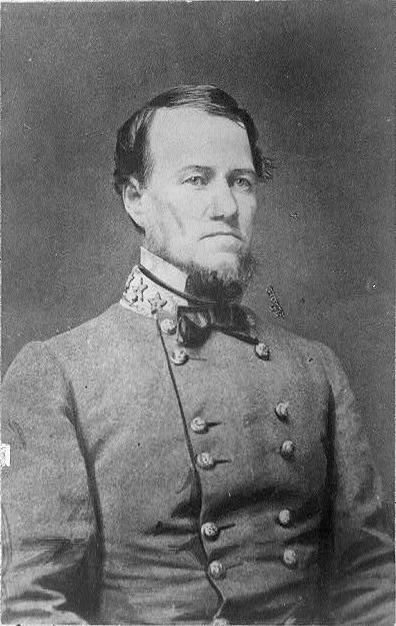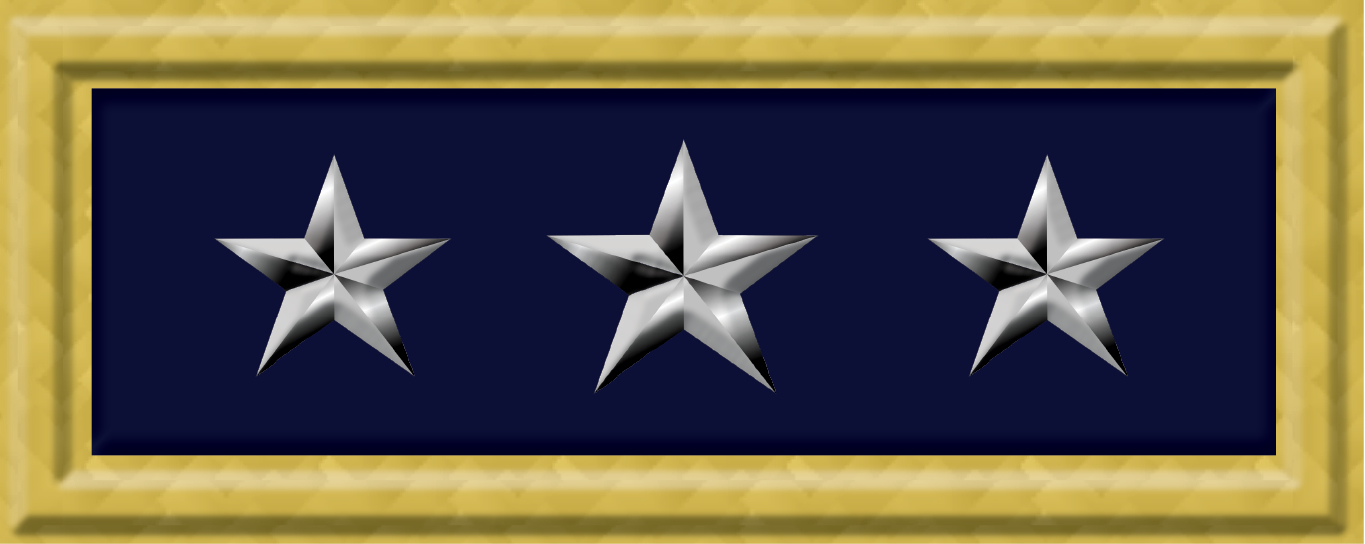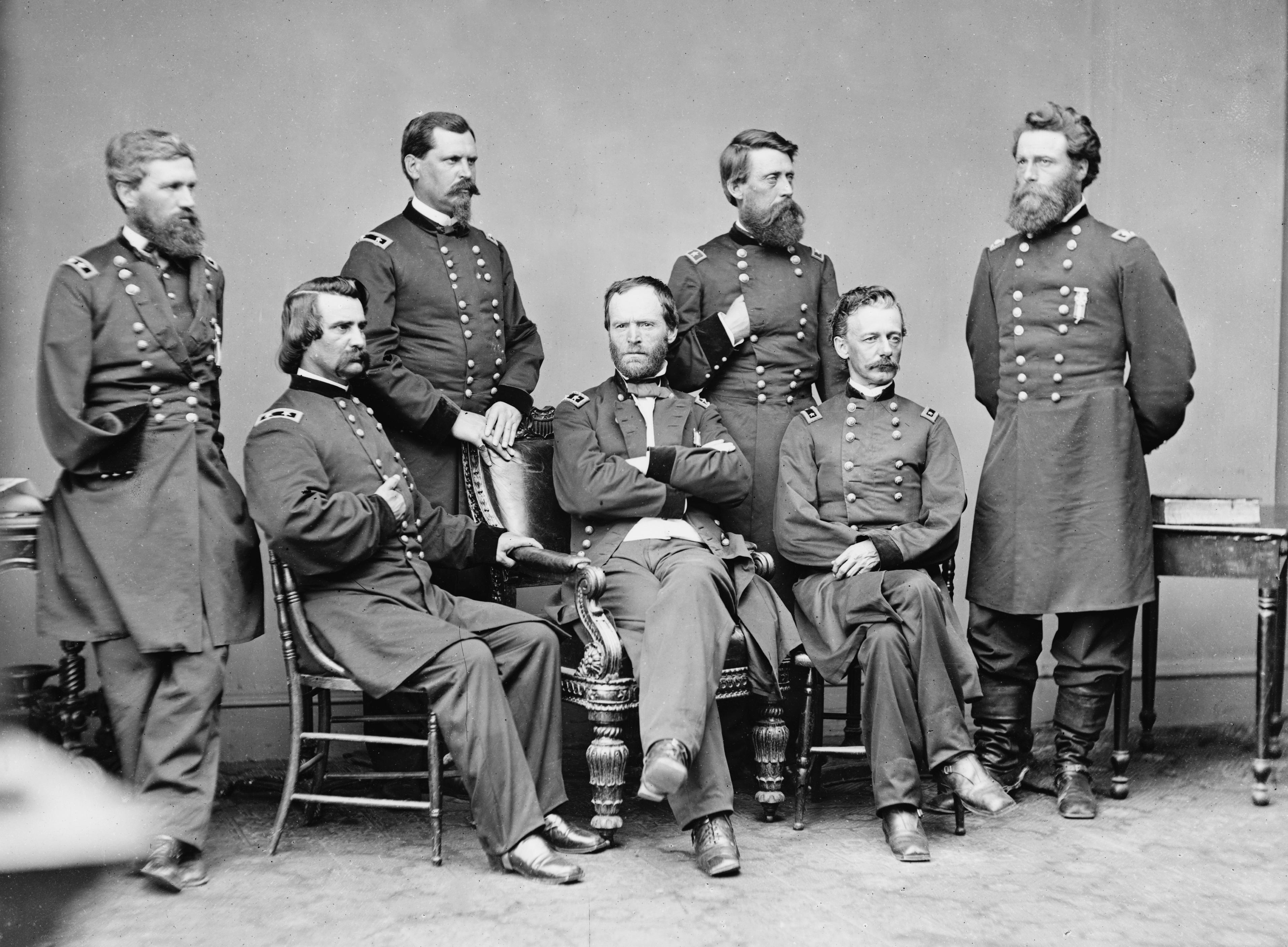|
Battle Of Marion
The Battle of Marion (December 17–18, 1864) was a military engagement fought between units of the Union Army and the Confederate Army during the American Civil War near the town of Marion, Virginia. The battle was part of Union Maj. Gen. George Stoneman's attack upon southwest Virginia, aimed at destroying Confederate industrial infrastructure near Saltville and Marion. Union Cavalry and Infantry regiments—some 4,500 soldiers in total—left Tennessee on December 17 for southwestern Virginia.Official Records, p. 442. Through two days of fighting, a Confederate force under the command of John C. Breckinridge—totalling 1,200–1,500 infantry and cavalry—was successful in holding defensive positions in and around the town of Marion. On the first day, successive Union attacks were defeated by a well-coordinated Confederate defenses near a covered bridge outside of Marion.Foote, pp. 721–723. By the end of the second day, dwindling ammunition su ... [...More Info...] [...Related Items...] OR: [Wikipedia] [Google] [Baidu] |
American Civil War
The American Civil War (April 12, 1861 – May 26, 1865; also known by other names) was a civil war in the United States. It was fought between the Union ("the North") and the Confederacy ("the South"), the latter formed by states that had seceded. The central cause of the war was the dispute over whether slavery would be permitted to expand into the western territories, leading to more slave states, or be prevented from doing so, which was widely believed would place slavery on a course of ultimate extinction. Decades of political controversy over slavery were brought to a head by the victory in the 1860 U.S. presidential election of Abraham Lincoln, who opposed slavery's expansion into the west. An initial seven southern slave states responded to Lincoln's victory by seceding from the United States and, in 1861, forming the Confederacy. The Confederacy seized U.S. forts and other federal assets within their borders. Led by Confederate President Jefferson Da ... [...More Info...] [...Related Items...] OR: [Wikipedia] [Google] [Baidu] |
Battle Of The Wilderness
The Battle of the Wilderness was fought on May 5–7, 1864, during the American Civil War. It was the first battle of Lieutenant General Ulysses S. Grant's 1864 Virginia Overland Campaign against General Robert E. Lee and the Confederate Army of Northern Virginia. The fighting occurred in a wooded area near Locust Grove, Virginia, about west of Fredericksburg. Both armies suffered heavy casualties, nearly 29,000 in total, a harbinger of a war of attrition by Grant against Lee's army and, eventually, the Confederate capital, Richmond, Virginia. The battle was tactically inconclusive, as Grant disengaged and continued his offensive. Grant attempted to move quickly through the dense underbrush of the Wilderness of Spotsylvania, but Lee launched two of his corps on parallel roads to intercept him. On the morning of May 5, the Union V Corps under Major General Gouverneur K. Warren attacked the Confederate Second Corps, commanded by Lieutenant General Richard S. Ewell, on t ... [...More Info...] [...Related Items...] OR: [Wikipedia] [Google] [Baidu] |
Army Of Northern Virginia
The Army of Northern Virginia was the primary military force of the Confederate States of America in the Eastern Theater of the American Civil War. It was also the primary command structure of the Department of Northern Virginia. It was most often arrayed against the Union Army of the Potomac. Origin The name ''Army of Northern Virginia'' referred to its primary area of operation, as did most Confederate States Army names. The Army originated as the Army of the Potomac, which was organized on June 20, 1861, from all operational forces in northern Virginia. On July 20 and July 21, the Army of the Shenandoah and forces from the District of Harpers Ferry were added. Units from the Army of the Northwest were merged into the Army of the Potomac between March 14 and May 17, 1862. The Army of the Potomac was renamed ''Army of Northern Virginia'' on March 14. The Army of the Peninsula was merged into it on April 12, 1862.Eicher, pp. 889–90. Robert E. Lee's biographer, Douglas S. ... [...More Info...] [...Related Items...] OR: [Wikipedia] [Google] [Baidu] |
Stephen Burbridge
Stephen Gano Burbridge (August 19, 1831 – December 2, 1894), also known as "Butcher" Burbridge or the "Butcher of Kentucky", was a controversial Union general during the American Civil War. In June 1864 he was given command over the Commonwealth of Kentucky, where guerrillas had carried out attacks against Unionists. He imposed martial law and was criticized for punitive actions against persons accused of being guerrillas. Early life Burbridge was born on August 19, 1831 in Georgetown, Kentucky."Stephen Gano Burbridge", Paul David Nelson, ''American Civil War: The Definitive Encyclopedia and Document Collection'', Volume 1, A-C, editor Stephen C. Tucker, ABC-CLIO, 2013, 261 He attended Georgetown College and the Kentucky Military Institute in Frankfort. Afterward he apprenticed with an established law firm and subsequently became a lawyer.John D. Wright, ''The Routledge Encyclopedia of Civil War Era Biographies'', Routledge, 2013, 78 He also had a large plantation. Civil War ... [...More Info...] [...Related Items...] OR: [Wikipedia] [Google] [Baidu] |
Alvan Cullem Gillem
Alvan Cullem Gillem (July 29, 1830 – December 2, 1875) was a general in the Union Army during the American Civil War. Although Southern-born, he remained loyal to the Federal government and fought in several battles in the Western Theater before commanding occupation troops in Mississippi and Arkansas during Reconstruction. He later played a prominent role in the Modoc War in 1873. Early life and career Gillem was born in Gainesboro in Jackson County, Tennessee, the son of Samuel Gillem. In 1851, he graduated 11th in his class from the United States Military Academy and was assigned as a second lieutenant to the artillery. He was soon sent to the front lines in Florida to serve in a battery during the Third Seminole War until 1852. He was then reassigned to the Texas frontier following the war. Civil War With the outbreak of the Civil War, Gillem became a captain on May 14, 1861, initially serving under George H. Thomas. Gillem was chief quartermaster of the Army of the Ohio ... [...More Info...] [...Related Items...] OR: [Wikipedia] [Google] [Baidu] |
General George Stoneman
A general officer is an officer of high rank in the armies, and in some nations' air forces, space forces, and marines or naval infantry. In some usages the term "general officer" refers to a rank above colonel."general, adj. and n.". OED Online. March 2021. Oxford University Press. https://www.oed.com/view/Entry/77489?rskey=dCKrg4&result=1 (accessed May 11, 2021) The term ''general'' is used in two ways: as the generic title for all grades of general officer and as a specific rank. It originates in the 16th century, as a shortening of ''captain general'', which rank was taken from Middle French ''capitaine général''. The adjective ''general'' had been affixed to officer designations since the late medieval period to indicate relative superiority or an extended jurisdiction. Today, the title of ''general'' is known in some countries as a four-star rank. However, different countries use different systems of stars or other insignia for senior ranks. It has a NATO rank sc ... [...More Info...] [...Related Items...] OR: [Wikipedia] [Google] [Baidu] |
John Schofield
John McAllister Schofield (September 29, 1831 – March 4, 1906) was an American soldier who held major commands during the American Civil War. He was appointed U.S. Secretary of War (1868–1869) under President Andrew Johnson and later served as Commanding General of the United States Army (1888–1895). Early life John McAllister Schofield was born September 29, 1831, in Gerry, Chautauqua County, New York, the son of the Reverend James Schofield (1801–1888) and his first wife, the former Caroline (McAllister) Schofield (1810–1857). His father, a Baptist minister in Sinclairville became a domestic missionary and moved his family (which then included six children and would include 10 who survived infancy) to Bristol, Illinois. When John was 12, they finally settled in Freeport, Illinois, where Rev. Schofield became the town's first Baptist minister in 1845, and where he was ultimately buried in 1888. As a young man John Schofield was educated in the public schools, helped ... [...More Info...] [...Related Items...] OR: [Wikipedia] [Google] [Baidu] |
Department Of The Ohio
The Department of the Ohio was an administrative military district created by the United States War Department early in the American Civil War to administer the troops in the Northern states near the Ohio River. 1st Department 1861–1862 General Orders No. 14, issued by the Adjutant General's Office in Washington, D.C., on May 3, 1861, combined all Federal troops in the states of Ohio, Indiana, and Illinois in a new military department called the Department of the Ohio, with headquarters in Cincinnati, Ohio. Maj. Gen. George B. McClellan was designated as its first commander. McClellan led efforts in the spring and early summer of 1861 to occupy the area of western Virginia that wanted to remain in the Union. His forces defeated two small Confederate armies and paved the way for the region to later became the state of West Virginia. After McClellan was reassigned to command the Army of the Potomac, Brig. Gen. Ormsby M. Mitchel commanded the Department of the Ohio from Se ... [...More Info...] [...Related Items...] OR: [Wikipedia] [Google] [Baidu] |
Holston River
The Holston River is a river that flows from Kingsport, Tennessee, to Knoxville, Tennessee. Along with its three major forks (North Fork, Middle Fork and South Fork), it comprises a major river system that drains much of northeastern Tennessee, southwestern Virginia, and northwestern North Carolina. The Holston's confluence with the French Broad River at Knoxville marks the beginning of the Tennessee River. The North Fork flows southwest from Sharon Springs in Bland County, Virginia. The Middle Fork flows from near the western border of Wythe County, Virginia, joining the South Fork in Washington County, Virginia, southeast of Abingdon. The South Fork rises near Sugar Grove in Smyth County and flows southwest to join the North Fork at Kingsport. The Watauga River, a tributary of the South Fork Holston, flows westward from Watauga County, North Carolina. The main stem of the Holston is impounded by the Tennessee Valley Authority's Cherokee Dam near Jefferson City, ... [...More Info...] [...Related Items...] OR: [Wikipedia] [Google] [Baidu] |
Sherman's March To The Sea
Sherman's March to the Sea (also known as the Savannah campaign or simply Sherman's March) was a military campaign of the American Civil War conducted through Georgia from November 15 until December 21, 1864, by William Tecumseh Sherman, major general of the Union Army. The campaign began with Sherman's troops leaving the captured city of Atlanta on November 15 and ended with the capture of the port of Savannah on December 21. His forces followed a " scorched earth" policy, destroying military targets as well as industry, infrastructure, and civilian property, disrupting the Confederacy's economy and transportation networks. The operation debilitated the Confederacy and helped lead to its eventual surrender. Sherman's decision to operate deep within enemy territory without supply lines was unusual for its time, and the campaign is regarded by some historians as an early example of modern warfare or total war. Background and objectives Military situation Sherman's "Marc ... [...More Info...] [...Related Items...] OR: [Wikipedia] [Google] [Baidu] |
William T
William is a male given name of Germanic origin.Hanks, Hardcastle and Hodges, ''Oxford Dictionary of First Names'', Oxford University Press, 2nd edition, , p. 276. It became very popular in the English language after the Norman conquest of England in 1066,All Things William"Meaning & Origin of the Name"/ref> and remained so throughout the Middle Ages and into the modern era. It is sometimes abbreviated "Wm." Shortened familiar versions in English include Will, Wills, Willy, Willie, Bill, and Billy. A common Irish form is Liam. Scottish diminutives include Wull, Willie or Wullie (as in Oor Wullie or the play ''Douglas''). Female forms are Willa, Willemina, Wilma and Wilhelmina. Etymology William is related to the given name ''Wilhelm'' (cf. Proto-Germanic ᚹᛁᛚᛃᚨᚺᛖᛚᛗᚨᛉ, ''*Wiljahelmaz'' > German ''Wilhelm'' and Old Norse ᚢᛁᛚᛋᛅᚼᛅᛚᛘᛅᛋ, ''Vilhjálmr''). By regular sound changes, the native, inherited English form of the name ... [...More Info...] [...Related Items...] OR: [Wikipedia] [Google] [Baidu] |
Shenandoah Valley
The Shenandoah Valley () is a geographic valley and cultural region of western Virginia and the Eastern Panhandle of West Virginia. The valley is bounded to the east by the Blue Ridge Mountains, to the west by the eastern front of the Ridge-and-Valley Appalachians (excluding Massanutten Mountain), to the north by the Potomac River and to the south by the James River. The cultural region covers a larger area that includes all of the valley plus the Virginia highlands to the west, and the Roanoke Valley to the south. It is physiographically located within the Ridge and Valley province and is a portion of the Great Appalachian Valley. Geography Named for the river that stretches much of its length, the Shenandoah Valley encompasses eight counties in Virginia and two counties in West Virginia. * Augusta County, Virginia * Clarke County, Virginia * Frederick County, Virginia * Page County, Virginia * Rockbridge County, Virginia * Rockingham County, Virginia * Shenandoah Co ... [...More Info...] [...Related Items...] OR: [Wikipedia] [Google] [Baidu] |





